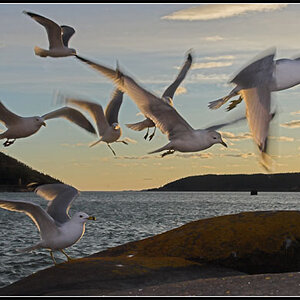eric-holmes
No longer a newbie, moving up!
- Joined
- Aug 8, 2009
- Messages
- 1,858
- Reaction score
- 49
- Location
- Arkansas
- Can others edit my Photos
- Photos OK to edit
A photographer I follow recently posted this image. I love it. It is so simple, but I absolutely love this style. So I got to thinking, is it that simple to recreate? I see one single catchlight in the eye. Appears to be just above the camera. So is that it? I just thought more would go into it. Thoughts?
http://www.kristenweaverblog.com/wp-content/uploads/2010/11/KW1_7210_i.jpg
http://www.kristenweaverblog.com/wp-content/uploads/2010/11/KW1_7210_i.jpg





![[No title]](/data/xfmg/thumbnail/38/38261-db20f6f92ee8f0d4c5cf1536e308638b.jpg?1619738546)







